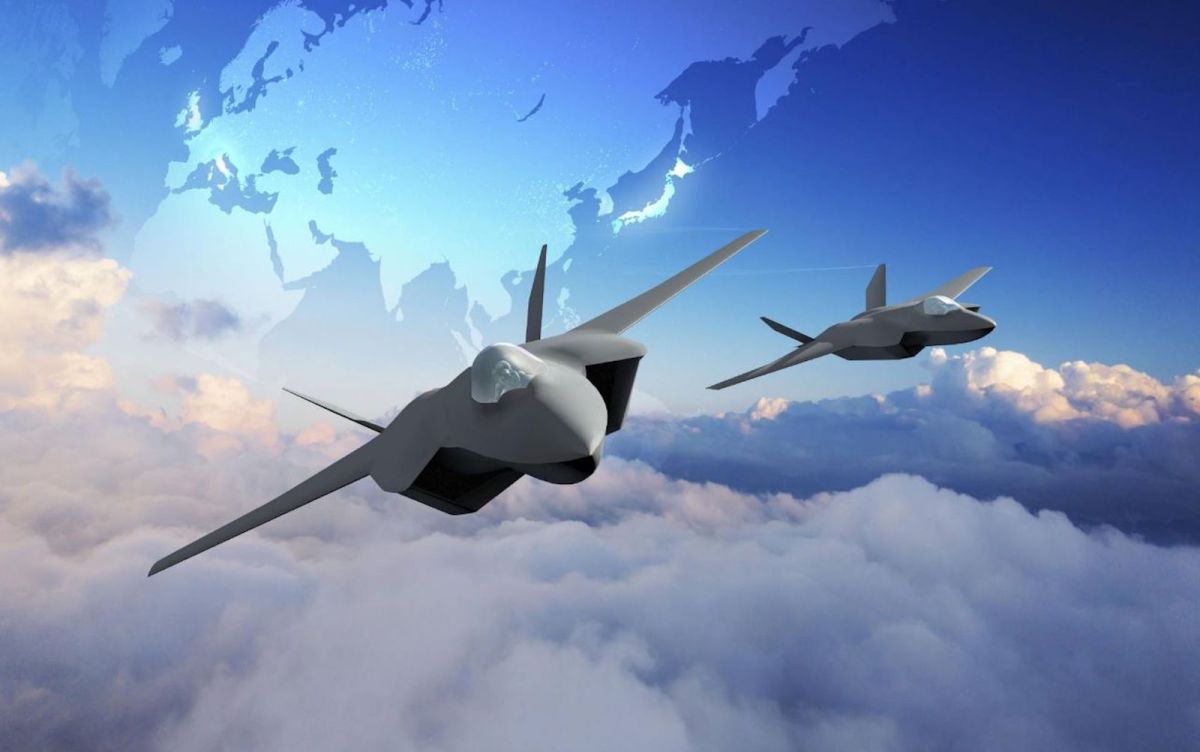Global Courant 2023-05-22 10:42:47
In December 2022, Japan, Italy and the United Kingdom signed an agreement to collaborate on the development of a sixth-generation stealth fighter aircraft.
The goal of the Global Combat Air Program (GCAP) is to produce aircraft ready for export and deployment by 2035. This represents a new frontier for the joint development of Japanese weapons and is an excellent opportunity to improve regional security cooperation.
The motivation of the UK and Italy to partner with Japan in the GCAP is to fill gaps in development finance. The number of aircraft to be produced and their technological development has been improved by Japanese participation in the GCAP.
Initially, Japan was seeking a “Japanese-led development” of its Mitsubishi FX fighter jet project, with a view to international cooperation in its mid-term defense force development plan, assuming joint development with the United States or the United Kingdom.
But as the United States was reluctant to support “Japan-led development” and technology transfer, Japan selected the United Kingdom as a joint development partner for its next-generation fighters.
The Mitsubishi FX is a sixth generation stealth fighter in development for Japan and the country’s first domestically developed stealth jet fighter. Credit: Japanese Ministry of Defense
Many contentious issues are expected in the GCAP program, including negotiations over development initiatives, operations, specifications, development cost sharing, technology transfer, scheduling, and production sharing.
The desired outcome of the GCAP is to contribute to regional security by establishing the weapons system as the core of NATO and AUKUS regional cooperation in response to the war in Ukraine and military tensions with China.
Operational requirements, technology and industry, development cost sharing and alliance politics are all essential in international co-development. But the negotiations in the GCAP seem to be driven mainly by alliance politics.
It is essential to view the United Kingdom and Italy as partners in the context of Japan’s Japanese-led development policy. During the 20 years that Mitsubishi F-2 fighters have operated between the United States and Japan, Japan has been able to implement “Japan-led” development in operational requirements, upgrades and systems integration. These are the three independent operations to continue in the GCAP.
These and other issues are likely to be the subject of negotiations between the three countries. Japan alone has jointly developed defense technology projects with the United States in the past. Negotiations are essential to the success of the GCAP, Japan’s first joint development with a country other than the United States.
Key to the success of the GCAP is to expand the number of aircraft produced before economies of scale and learning curve effects are achieved through exports to the European and Asia-Pacific markets, where many states are planned to begin purchasing fifth or sixth-generation fighters.
The key is to develop a low-cost and degraded version of the GCAP not only for target nations that consider modern aerial warfare in terms of stealth, but also those that don’t. In the former, the Franco-German-Spanish Future Combat Air System will be a contender, while in the latter, the South Korean-Indonesian KF-21 will be the front runner.
In the context of the AUKUS framework, it will be essential to determine the performance Australia requires from its next generation of fighter aircraft. Within the hub-and-spoke alliance network centered on the United States, it is necessary to promote regional cooperation between the United Kingdom, Japan and Australia.
AUKUS has strategic implications for Japan and its fighter aspirations. Image: US Embassy in China
The United Kingdom, Japan and Italy must offer offset agreements that would allow Australia and other fourth countries to participate in the development and production of GCAPs and import non-combat weapons, agricultural products and resources when considering purchasing GCAPs.
Japan’s promotion of GCAP exports and offset deals requires a relaxation of the outdated Three Principles for defense equipment and technology transfers. In particular, the ban on transfers “contrary to obligations under UN Security Council resolutions” needs urgent review, as the UN Security Council has not been functioning effectively since the outbreak of war in Ukraine.
Japan must change its strategic vision and promote a mission-oriented defense policy. By introducing mission engineering methods into GCAP development, which the United States and the United Kingdom are leading, Japan can smoothly advance GCAP development and improve regional security cooperation, including weapons systems, with AUKUS countries, including Australia.
Takeshi Sakade is a professor at the Graduate School of Economics at Kyoto University.
This article was originally published by East Asia Forum and has been republished under a Creative Commons license.
Similar:
Loading…








